Salorno sulla Strada del Vino
( Salorno )
Salorno sulla Strada del Vino (Italian pronunciation: [saˈlorno]; German: Salurn [saˈlʊrn]) is the southernmost comune (municipality) and a village in South Tyrol in northern Italy, located about 30 kilometres (19 mi) southwest of the city of Bolzano. It is one of only five mainly Italian-speaking municipalities in South Tyrol.
 Haderburg Castle.
Haderburg Castle.A Salorno settlement existed as early as the Roman imperial era. Salorno however is first mentioned as part of in the Kingdom of the Lombards in a 580 deed, as Salurnis, during the Rule of the Dukes, when Duke Euin of Trent fought against the Frankish troops of the invading Merovingian kings Guntram and Childebert II.
The village is home to the ruins of the medieval castle Haderburg (Italian: Castello di Salorno). First mentioned in a 1053 travelogue, it is situated on a limestone rock high above the Salurner Klause bottleneck of the Adige Valley. In 1158 the local Counts of Eppan had two cardinals of the Roman Curia on their way to the court of Emperor Frederick Barbarossa attacked and raided. Frederick's cousin Henry the Lion launched a punitive expedition, whereby the castle was demolished. It was rebuilt afterwards and about 1200 was acquired by the Counts of Tyrol. It was purchased by Count Meinhard II of Gorizia-Tyrol in 1284, besieged and occupied by Duke Louis V of Bavaria in 1349, and finally bequested to the Austrian House of Habsburg in 1363. Emperor Maximilian I had the fortifications enlarged, however, the castle lost its strategical significance soon afterwards and decayed. Since 1648 the ruins are in possession of the Venetian counts of Zenobio-Albrizzi.
After World War I and the dissolution of Austria-Hungary, Salorno was annexed to Italy together with the rest of South Tyrol and other areas of the Austrian territory, as consequence of the Treaty of Saint-Germain-en-Laye on 10 October 1920. According to the census of 1921 the majority of the population of Salorno declared themselves as German-speaking. After that a governmental commission adjusted the result by modifying the declaration of people whose family name sounded Italian. Salorno and other municipalities of South Tyrol have since then an Italian-speaking majority. The effective Italianization conducted by the fascist Regime changed definitively the proportion between the languages.[1] Only 37% of the inhabitants speak mainly German today.
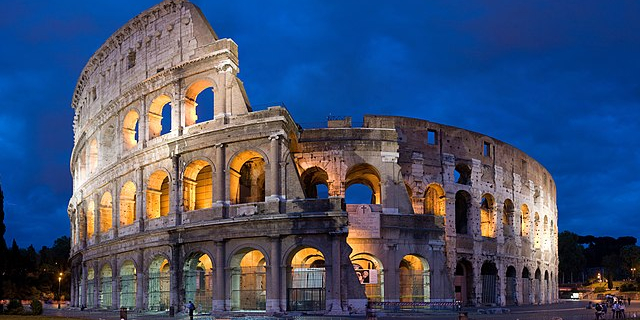

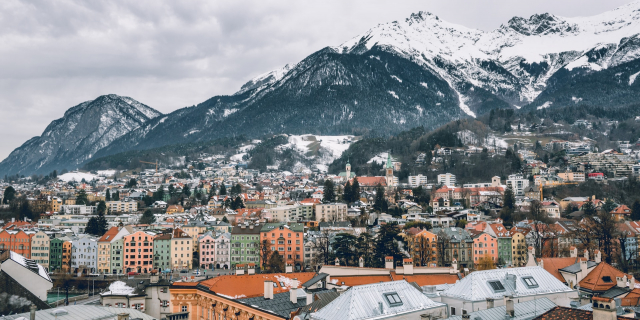

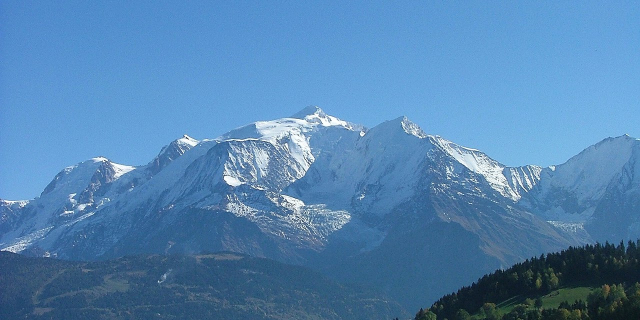








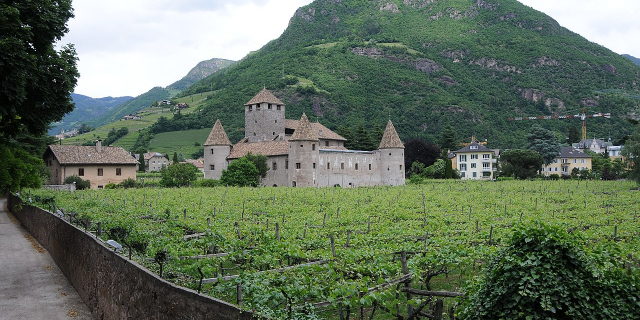







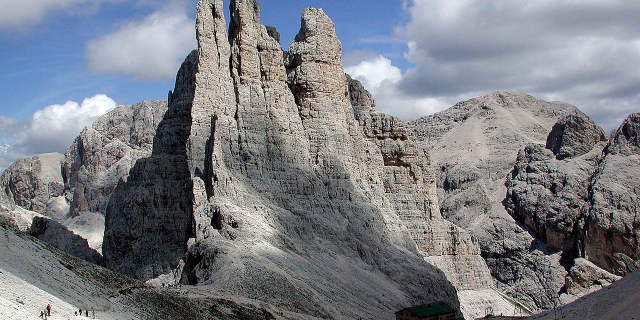


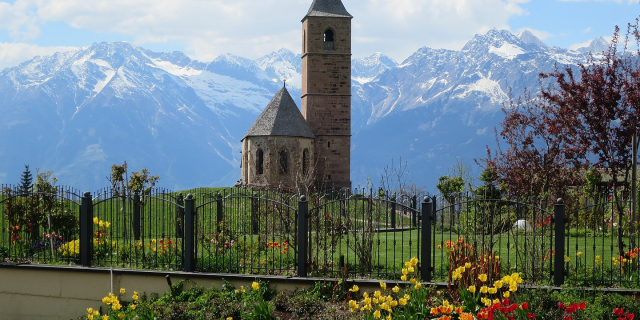

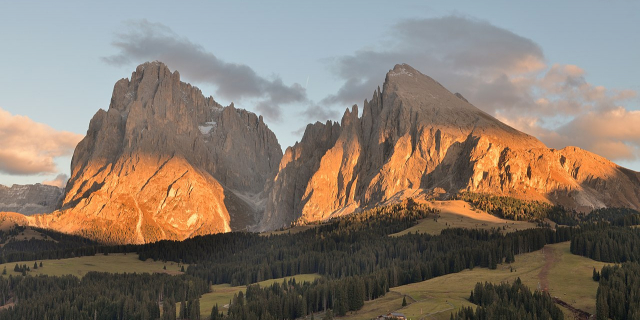


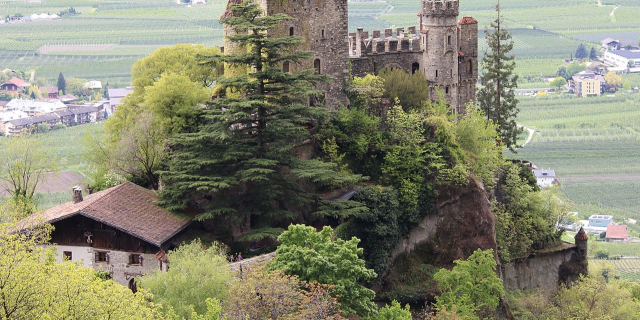
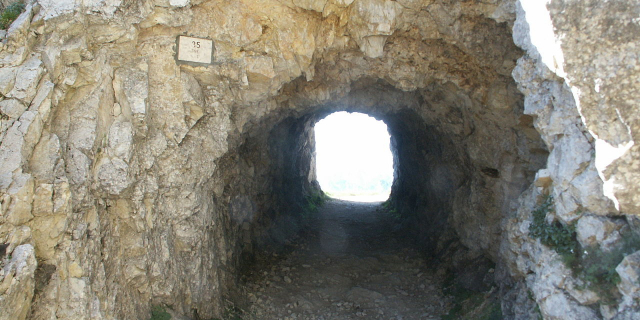
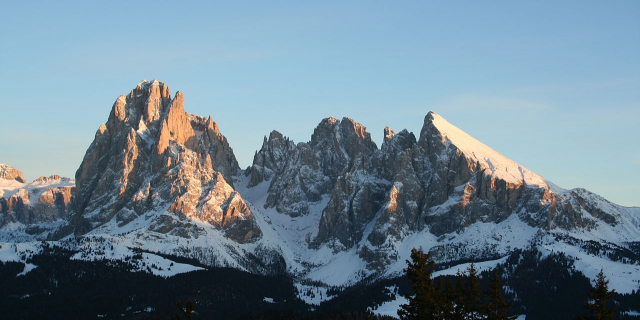
Add new comment